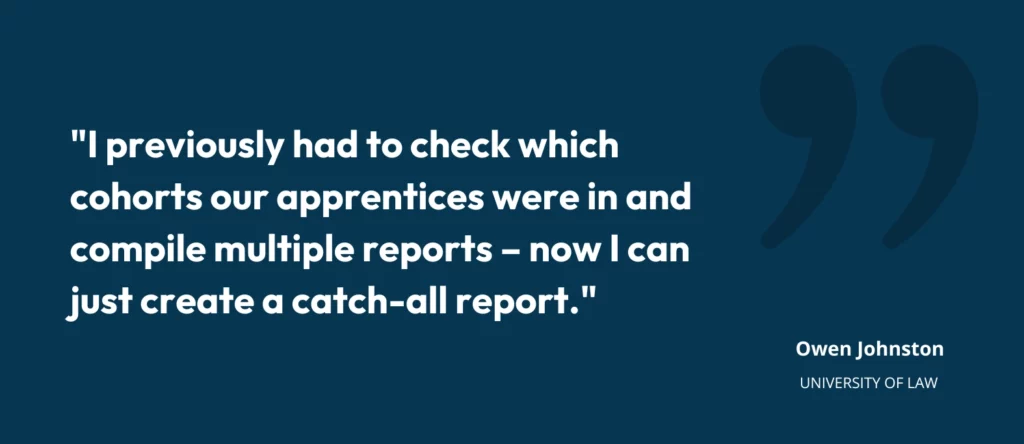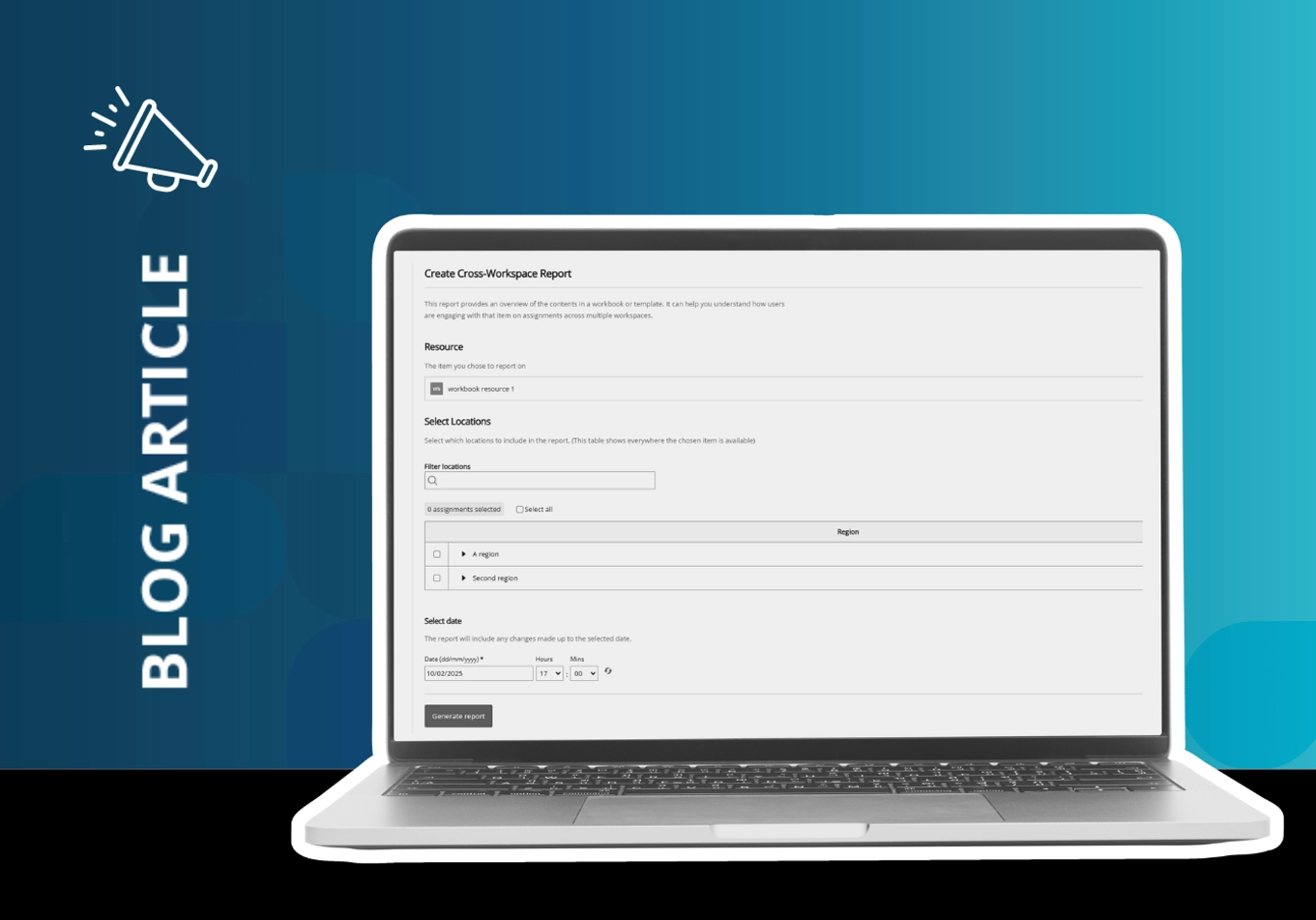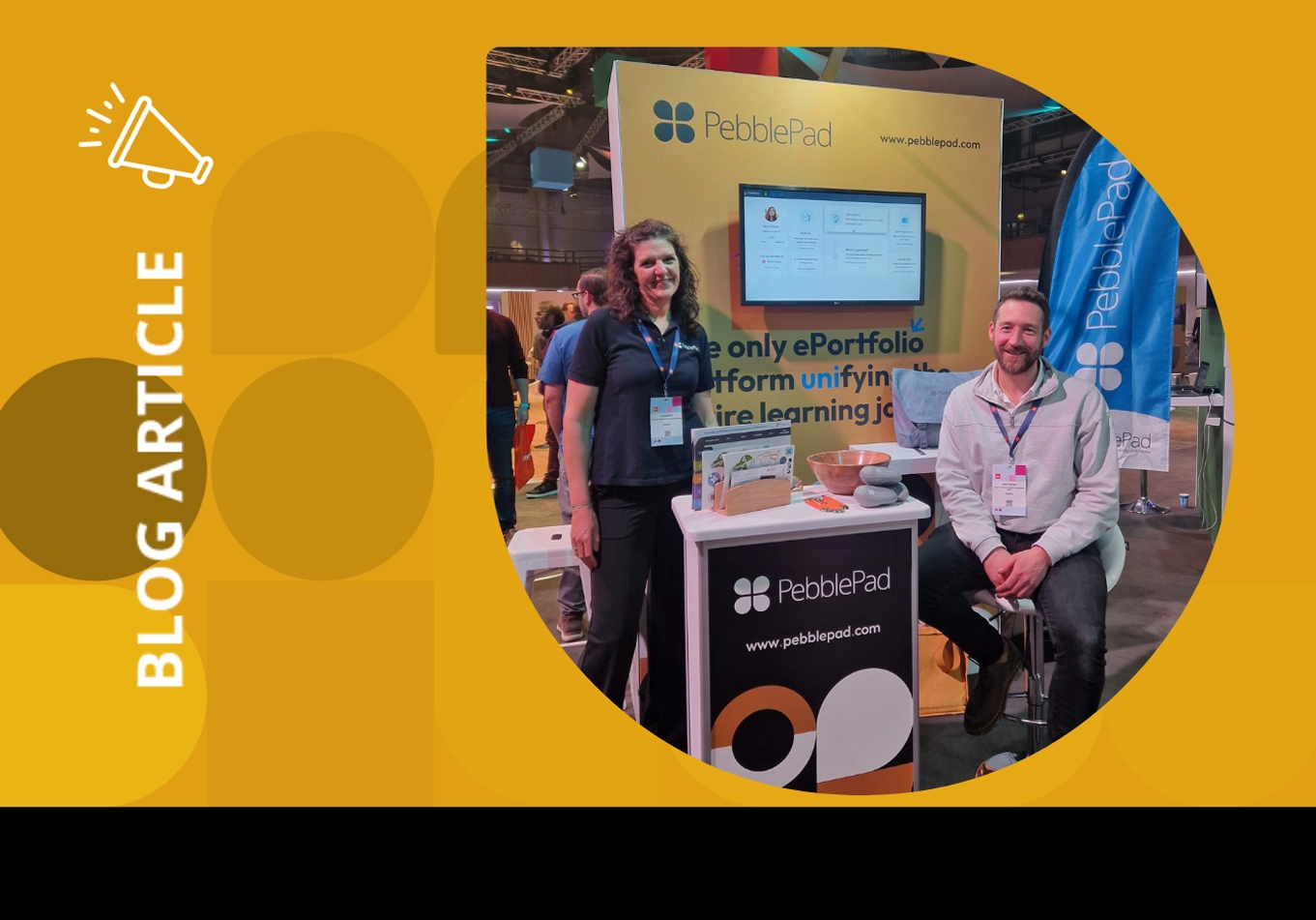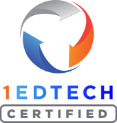Discover how our new reporting feature is a game-changer for institutions that need powerful toolsets to monitor and leverage workbooks and templates across multiple workspaces.
We’re always listening to our customers here at PebblePad. It’s why we are constantly improving the platform’s existing features, fixing any issues that may arise and most importantly, creating
all-new offerings that can help transform how you use PebblePad.
It was listening to your feedback that helped us identify one key roadblock – the inability to easily track student progress and engagement across regions and workspaces. To carry out the process, users had to generate a report for each and every individual workspace – a thankless,
time-consuming and laborious task – before then ‘stitching’ all that information together into a useable asset.
Streamlined processes
Such ‘busywork’ has now been replaced by our powerful new Cross-Workspace Reporting (CWR) feature. It lets you run a report on any workbook or template that is shared across multiple workspaces and assignments before creating a single CSV file showing student progression throughout various subjects/courses.
It’s a massively streamlined process that saves you valuable time, funds and resources. Best of all, it’s simple to use – just select the workspaces you want to report on and hit ‘Create’ to gain invaluable data insights into your assignments and workspaces – almost in an instant.
This powerful feature offers other great benefits, according to our team of beta testers made up of fantastic institutions who test drove the new feature before we released it. First is how CWR helps you wrangle your data more efficiently, letting you spot trends – and identify any issues – far more quickly and easily than before: “It’s really awesome this feature now exists to capture all our data,” says Ohio State’s Kelly Wheatley. “It’s a huge component and we appreciate PebblePad adding it.”
Cutting times
How much time it takes to run the report feature also got a thumbs-up from our testers as it massively cuts down the time and staffing resources typically needed when conducting the process manually. Liza Barton of the National Examining Board for Dental Nurses explains: “[Before] we’d have to go in individually and export each report from each of the sections. From there, we would build it together, leading to a lot of administrative work typically spread out over a couple
of weeks.”
However, using CWR has been transformative for Liza and her colleagues: “It’s cut the time needed for reporting down from weeks to half an hour,” she says. “We found CWR really easy to use and it’s very user friendly … we’re delighted and thrilled!”.

Instant insights
Such a wide range of benefits makes CWR ideal for many different use cases. For instance, you can use the feature to keep track of all your workbooks wherever they are used, removing the risk of overlooking valuable data sets that might otherwise be missed for essential tasks such as auditing.
You can also conduct checks to identify any issues with course data almost at a glance. For instance, CWR offers the ability to confirm and verify vital information – including from externals such as supervisors – all within a single streamlined workflow.
Student focused
Most importantly, such close monitoring of data can be used to check on student progress. CWR allows you to spot learners who may be struggling and lets you intervene far more quickly with teaching strategies to support them, in turn putting your faculty on a more proactive footing. As Ohio State’s Kelly Wheatley states: “The new feature will help us meet students where they
need us.”
Finally, there was one use case that we must confess we hadn’t considered. Instead, it was the University of Derby’s Marcela Watkinson who discovered it: Spotting which workbooks are in use and within which workspaces before making any permanent alterations or deletions. “I need to know who has used a workbook,” explains Marcela, “and if it is safe for me to remove it or make changes – and now I can!”
Your feedback
It’s these kinds of insights that will help steer the future development of CWR as we build out its feature sets and abilities. So if you have any feedback (or have found a unique use case), we’d love to hear from you – submit your thoughts here.
In the meantime, if you want to get started with Cross-Workspace Reporting, you can find out everything you need to know with our in-depth help guide here. We can’t wait to hear what
you think.
• A special thank you to our wonderful beta testers for all their insights, feedback (and use
cases, Marcela!).


















